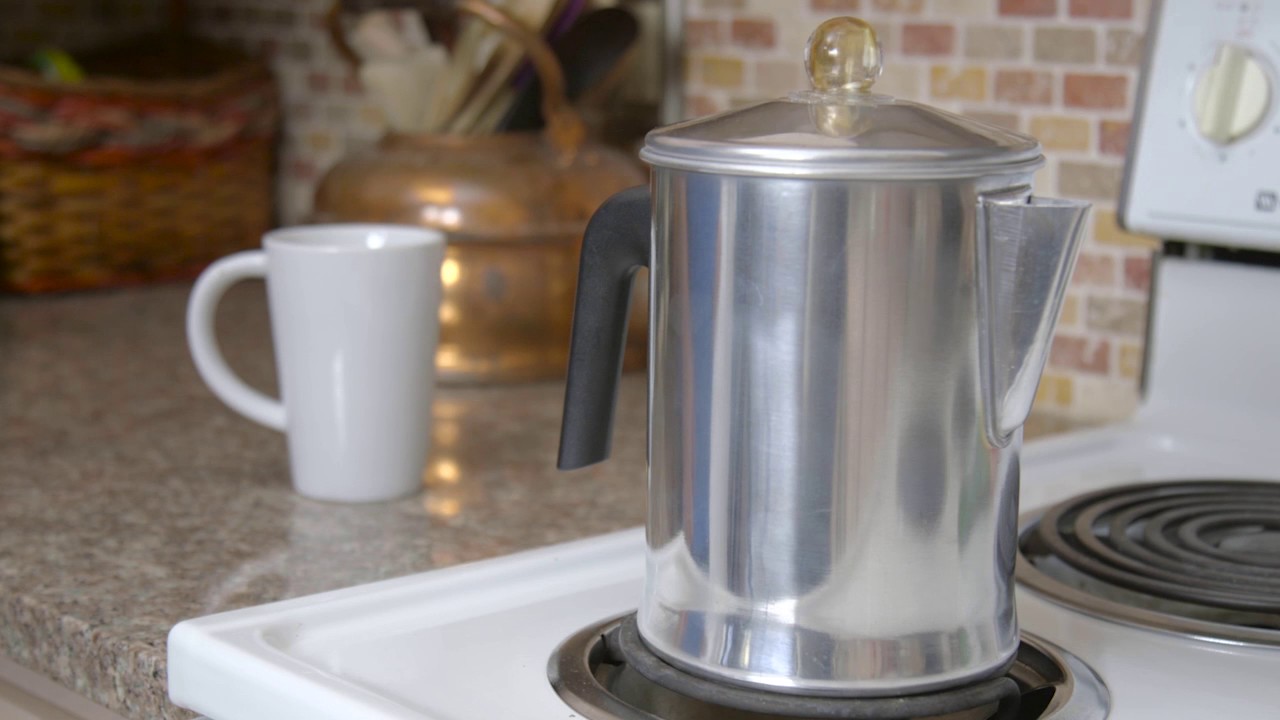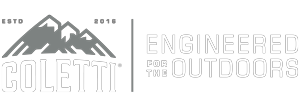Roasting your own coffee may seem like a daunting task at first. You don’t know where to start. You might think you need to rush out and buy lots of fancy roasting equipment right now. You have no idea what kind of beans to buy. You can’t even tell a percolator from a preamplifier.
Fortunately, it doesn’t have to be complicated. All you need are some basic supplies, some brewing techniques, and a little patience and persistence. With those starting points, you’ll be well prepared to become a master home barista.
What You Will Need for Roasting Coffee At Home
A good place to start is by gathering all the supplies you need for home roasted coffee. You don’t need to buy everything all at once, and you don’t have to break the bank. Below is a list of the most basic essentials you’ll need to get started.
- Green Coffee Beans
First things first—you’ll need raw coffee beans. Before you buy your first set of raw beans, here are a few things you should know.
Characteristics of Green Coffee Beans
Green coffee beans have certain properties depending on their variety and where they were grown. These characteristics determine the quality of your brewed coffee as well as the taste and texture.
The two most common varieties used in making coffee are:
- Coffee experts all across the board consider Arabica the best type of coffee bean. It is grown at high altitudes, which gives it a higher and better range of characteristics when brewed. The best Arabica coffee has hints of chocolate, caramel, and nuts, as well as some fruit tones.
- Robusta, on the other hand, is generally considered inferior to Arabica. This is mainly due to its taste, which has been described as “rubbery” or like “burnt tires.” It also has less sugar than Arabica and more caffeine. On the positive side, it can be grown in more locations than Arabica and gives a higher yield at harvest. It’s also cheaper and can be used in blends and espressos.
Before you buy your beans, ask the supplier about which variety they sell as well as their processing methods and bean profiles.
To buy your coffee beans, you can do a Google search for local vendors such as “green coffee bean vendors near me” or “where to buy green coffee beans near me.” If you can’t find one in your area, you can always shop online. Here are a few suggestions for online raw coffee sellers:
- Roasting equipment
Roasting is the process that gives coffee its distinctive flavor. It’s what makes being your own barista so worth it. By roasting coffee yourself, you can experiment with different techniques and tweak your coffee until it’s just the way you like it.
But the most intimidating part of roasting coffee at home is deciding which roasting machine to buy, especially if you’re worried about the expense.
There are two kinds of at-home coffee roasters:
- Air roasters come with a plate that contains a series of holes. This plate holds the coffee during the roasting process. While roasting, compressed air comes up from beneath the plate and passes through the holes. As the air comes through the holes, it lifts up the beans as they roast.
- Drum roasters have a horizontal drum that holds the coffee beans. The drum rotates as the beans roast, allowing them to roast evenly.
Here are some things to consider—including the cost—when you’re looking to buy a coffee roaster.
- How much money do you have available to spend? How much money do you want to spend? Take some time to work out your budget before you start shopping for roasting equipment.
If you’re really on a tight budget, there’s good news: you can roast coffee beans without expensive equipment. If you have a cast-iron pan, or at the very least, an oven, you can use either of those to roast your beans without shelling out extra bucks for a machine. You can even use a popcorn popper for roasting your coffee. These are all economical options if you don’t have cash to spare.
This chart from Sweet Maria’s compares several different kinds of roasters ranging from a $26.50 Whirley Pop popcorn popper to a $1000 HotTop KN8828-Programmable roasting machine. I’ve also featured a list of resources for finding a good coffee roaster below:
12 Best Coffee Roasters for Home Use
The 7 Best Home Coffee Roasters to Buy in 2018
Best Home Coffee Roaster Reviews of 2018
- Where are you going to be roasting your coffee? Coffee roasting creates large amounts of smoke, which is an important consideration if you plan to roast indoors. It might be beneficial to set up your roaster in a garage or on a porch or patio to avoid breathing heavy smoke.
- How much coffee do you plan on roasting in a single batch? You might buy a coffee roaster that fits your budget only to find the volume of coffee it roasts is too small for your household needs. Work out how much coffee you plan to make and consume regularly before you decide which roaster to buy.
- Grinders

Pre-ground coffee is convenient. But coffee that’s been freshly ground right before brewing is what makes the coffee experience so special. Grinding your own coffee brings out all the complexities that spark your taste buds and shake up your mornings.
When looking for a home coffee grinder, you have two main options:
- Blade grinders are easy to find and inexpensive. Unfortunately, their cheapness often results in inconsistent grounds, partly powdered and partly coarse.
- Burr grinders grind coffee beans much more evenly than blade grinders, which gives you the best quality coffee.
Aside from cost, other points to consider when buying a home grinder include:
- Make sure it fits into your roasting area, especially if you have a limited amount of counter space.
- Some grinders are noisier than others. Since you’ll probably be grinding your coffee first thing in the morning, you’ll have to think about how much noise you can tolerate at an early hour.
- If your grinder is a pain to clean, you won’t enjoy using it much. Check out reviews online and see what others are saying before you buy.
- Generally, high-end models come with a hefty price tag in part because they’re made with top-quality materials that last longer than cheaper models. You’ll be using your grinder regularly, so it’s worth investing in one that’s built to last.
Now here are some online guides to help you find the home grinder that’s best for you:
The Best Burr Coffee Grinder in 2018
The 8 Best Coffee Grinders to Buy in 2018
10 Best Coffee Grinders for Every Budget
Business Insider – The Best Coffee Grinders You Can Buy
Brewing Equipment
You’ve roasted, you've ground, and your house is filled with that fabulous coffee scent you love. Now you’re ready to brew some homemade java. Home-roasted coffee tastes best when made by manual brewing methods, so here are some of the most common ones:

- Stovetop percolators were the most common method of making coffee until drip coffeemakers appeared on the scene. Stovetop percolators recycle the water several times while using the same coffee, so they’re often the brewing method of choice for drinkers who love their coffee strong. A stovetop percolator is also good to take with you on camping trips since you can use it over a campfire. Percolators come in electric and microwave varieties as well.
- French press coffeemakers steep the coffee grounds in hot water and then press them out. They are easy to use and less-time consuming than other manual coffee brewing methods, so they’re a good option for beginners.
- The pour over method involves pouring water over fresh coffee grounds using a dripping mechanism or filter holder. It allows you optimal control over taste and strength, which is why it has become extremely popular with coffee connoisseurs in recent years
- The cold brew method is done by steeping coffee in cold water for up to 24 hours. It brings out the natural flavor of the beans and gives you a prolonged caffeine boost without the crash that usually comes afterwards. Plus, it can last for up to two weeks, so it’s easy to make a big batch at once, which makes it worth the long brewing time.
Don’t pressure yourself to learn all of these methods immediately. Pick one and see how it goes. If it doesn’t work out, try another one. Experiment until you find a method that makes your coffee experience come alive.
And here are some helpful buying guides:
The Best French Press Coffee Makers: A Beginner’s Guide
The 5 Best Pour Over Coffee Makers of 2018
6 Best Cold Brew Coffee Makers
Other Useful Home Barista Tools
In addition to all the tools listed above, there are a few others that are good to have around for perfecting your coffee craft.
- It’s essential to properly store your freshly roasted coffee. This will ensure it retains its best flavor as long as possible. You need an airtight container and a cool, dark place to store until you’re ready to use it.
- A kitchen scale, for measuring your beans and grounds.
- A timer or clock to keep track of roasting time.
- A thermometer for checking roasting temperatures.
Again, you don’t have to rush out and buy everything right this very minute. But hopefully, by now you’ve got a good idea of how to get started roasting coffee at home. Keep practicing and experimenting, and before you know it, you’ll be a home barista superstar!

